Japandi, a Globalization Mashup
Globalization is more than a trend, it’s a process that’s been happening since the first time two different peoples met, where multiple cultures and influences are combined together to form a new type of design.
Think: Scandinese (Scandinavian-Japanese) also known as Japandi, Mexicanese (Mexican-Japanese), or Britainese (British-Chinese). Let’s explore one of these creations: Japandi.
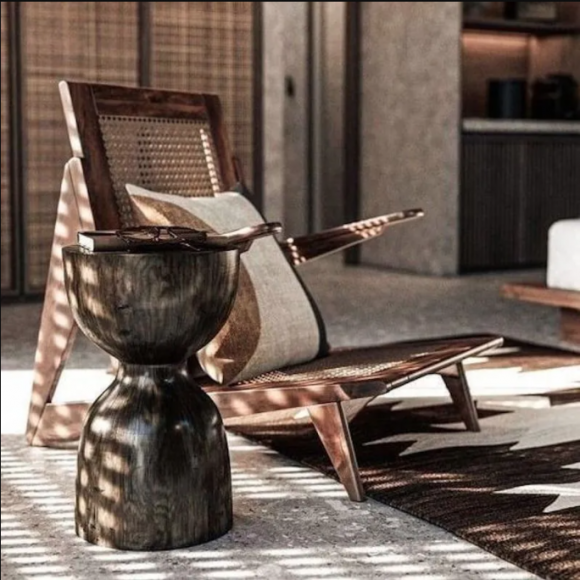
Discovering beauty in imperfection, Japandi spaces embrace things like serene colors, eye-pleasing items that also serve a practical purpose, and high-quality craftsmanship. Wabi Sabi’s ethics, well-known in Japan, are based on love for natural and artisanal imperfection. Therefore, choosing furniture in simple and natural but high-quality materials — such as wood and other natural fibers like bamboo, rattan, and paper — is key to achieving the look of Japandi. Wooden furniture performs its function in different rooms of the house, but at the same time they are design objects that embellish the environment.
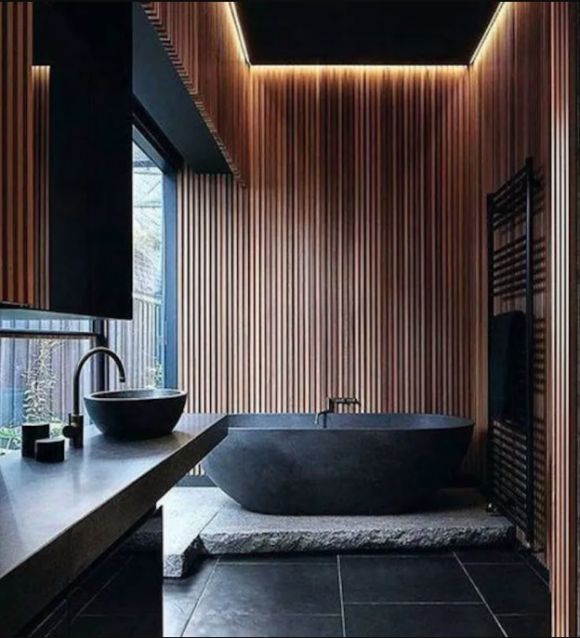
The name derives from the fusion of the country name “Japan” with the Scandinavian “scandi”. Two geographically very distant cultures but which have a lot in common, beginning with a minimalist aesthetic. The primary goal is to create a relaxing place by first eliminating strong and bright colors, preferring those found in nature. Above, Scandinavian warmth in wood tones is counterpointed by shibori blue and black slate.
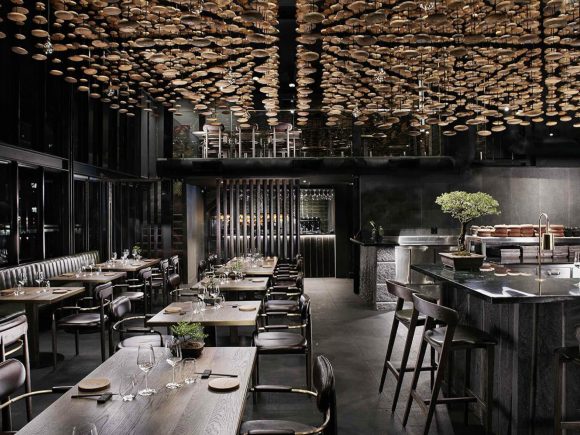
At FYN Restaurant in Capetown, South Africa, the order of the day is a melding of eastern minimalism and western comfort to form a mysterious mixture that draws you in with textures and subdued dark colors. The Bonsai tree on the counter is a giveaway of Japanese values in nature, while the Scandinavian legs and rounded chair backs on the counter stools ground the design in smooth style.
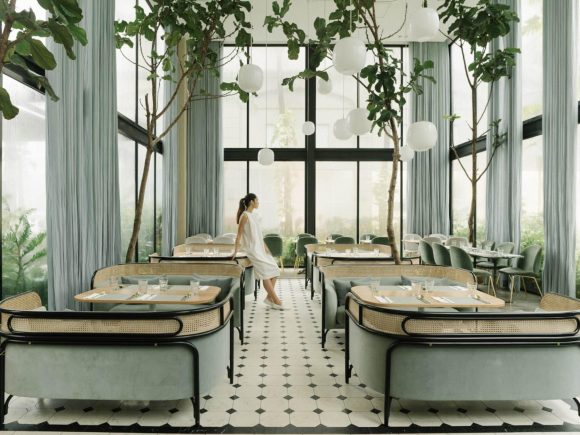
Pairing Scandinavian design elements with ice cream-like colors, this mixture results in a subtly cool duck egg blue, powder puff pink, and sage green restaurant designed by Harlen & Holden. Sugared Scandi is based in the Philippines, a country that has long been under the influence of western culture. Here the long, low furniture allows your eye to travel without interruption.
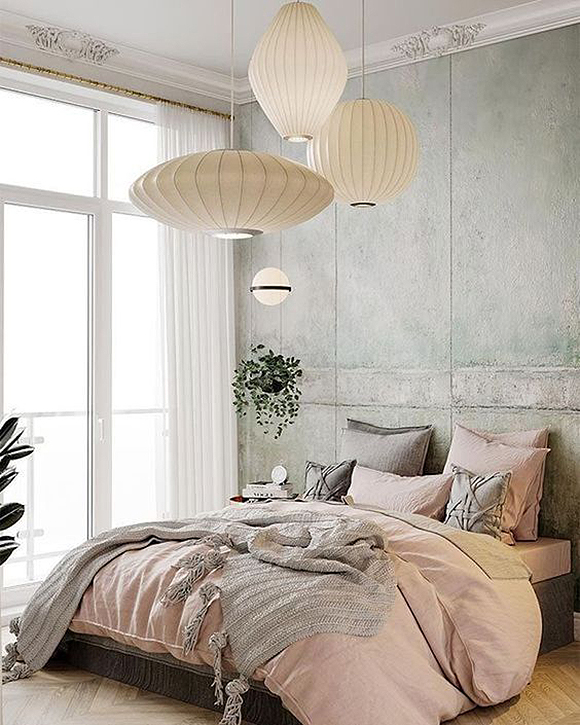
Again, here we see the colors of sage green, powder pink, and pale blue-grey, combined with fresh green plants and warm wood tones. The combination of concrete and soft textural fabrics is a modern perspective on the Japandi style, one we’re beginning to notice in many city apartment buildings.
Whatever approach to Japandi you decide to take, you can’t go wrong with this beautiful combined aesthetic.
Kimball Starr designs for homes throughout the San Francisco Bay Area and Lake Tahoe. Contact her today for a remote or socially-distant in-person consultation.













